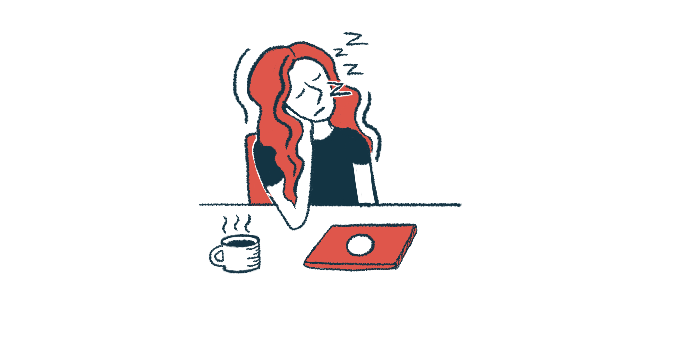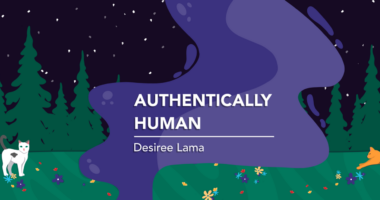Bright Light Therapy Shows Promise for Easing MS Fatigue in Small Trial
30 minutes daily of bright light for 2 weeks led to reduced fatigue in 13 patients

Daily exposure to 30 minutes of bright light for two weeks led to clinically significant reductions in fatigue scores among people with multiple sclerosis (MS) in a small clinical trial.
“The findings from our study represent a promising non-drug therapeutic approach,” Stefan Seidel, PhD, co-author of the study from the Medical University of Vienna in Austria, said in a university press release.
The study, “Bright light therapy as a non-pharmacological treatment option for multiple sclerosis-related fatigue: A randomized sham-controlled trial,” was published in Multiple Sclerosis Journal – Experimental, Translational and Clinical.
Fatigue is a common MS symptom that can disrupt daily activities
Fatigue — feelings of persistent tiredness and low energy — is one of the most common symptoms of MS, and it can cause substantial difficulties in day-to-day life.
Bright light therapy, or BLT, involves using a machine that produces a consistent, bright light. This is commonly used to manage seasonal affective disorder, where a lack of sunlight during the darker months causes low mood. It has also shown beneficial effects on fatigue in some circumstances, likely due to the ways that light exposure affect the “internal clock” of circadian rhythms.
The Medical University of Vienna sponsored a small clinical trial (NCT04681586) to test whether BLT could help to ease fatigue in people with MS. The study enrolled 26 people with various forms of MS, all of whom underwent a battery of initial assessments to rule out any other sleep-related disorders that might be contributing to fatigue.
“In this manner, for example, we ensured that MS patients with fatigue do not suffer from sleep apnea or periodic leg movements during sleep. Both are sleep disorders that can lead to fatigue in everyday life,” Seidel said.
The 26 participants were randomized into two groups. All received a BLT machine, with instructions to use it for 30 minutes per day each morning. In one group, the BLT machine was unaltered, but in the other, it was modified so it would only emit dim red light, rather than the usual bright white used for BLT.
Participants’ fatigue was measured using the Fatigue Severity Scale (FSS) at the start of the study, and then again after two weeks of daily use of BLT or the sham device. A change in FSS score of 4.05 points is considered to be clinically meaningful.
For patients given BLT, average FSS scores decreased from 46.08 to 39.62 after two weeks. This decrease is large enough to be considered clinically meaningful.
In patients given the sham machines, the FSS score decreased from 48 to 46.08 after two weeks, which is not considered clinically significant.
Despite the clinically significant improvements recorded in the BLT group, tests showed that the change in FSS score was not statistically significantly different between the BLT and sham groups — in other words, mathematically, there’s a non-negligible likelihood that any difference between the groups is due to random chance rather than any effect of treatment.
“While failing to demonstrate an effect of BWL [bright white light] that goes beyond that of a placebo effect, our results are in agreement with the favorable impact of BWL on MS-fatigue reported,” the scientists concluded.
Trial’s small size and COVID-19 pandemic among study’s limitations
The team noted that, given this study’s small size, it probably did not have the mathematical power to detect a statistically meaningful effect. The researchers said that the stringent test requirements to exclude sleep disorders likely slowed trial recruitment, and the study was also disrupted by the onset of the COVID-19 pandemic which further limited how many people could participate.
“We also believe the current pandemic also diminished the therapeutic effect of BLT itself,” they added, noting that research has indicated the pandemic led to worsening fatigue and mental health problems for much of the population.
Another noted limitation is that the researchers did not assess for exposure to sunlight in this study. Given that the underlying hypothesis behind BLT is that exposure to light can affect mood, they suggested that future studies should seek to include this data, as well as try to enroll more patients.
“This could help determine whether bright light is effective to counteract MS-related fatigue,” they wrote.







